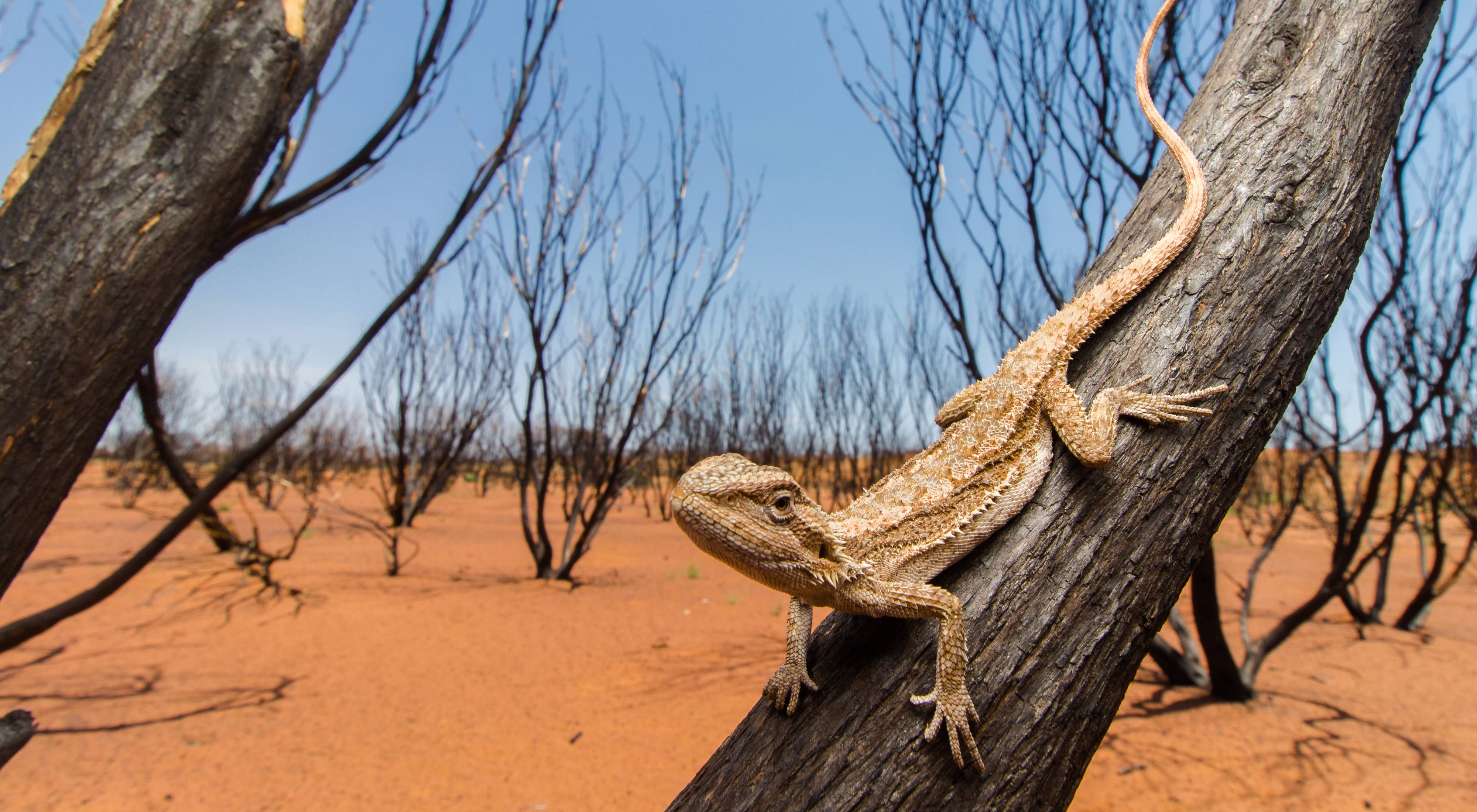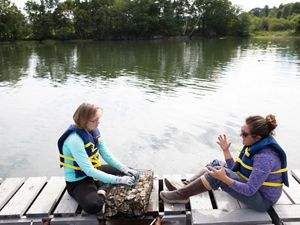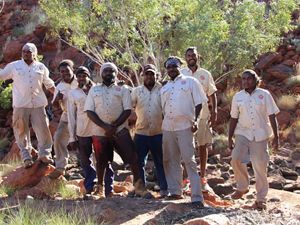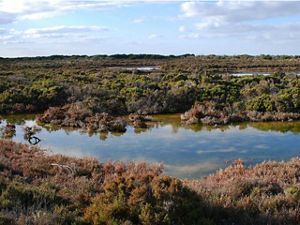The conclusions are not surprising, yet they are sobering. The United Nations’ Intergovernmental Panel on Climate Change (IPCC)’s Sixth Assessment Report (AR6), published on Monday 2 February 2022, has found that the changes to the climate will have a direct impact on people’s lives and livelihoods.
The report, compiling findings from hundreds of scientists across 195 countries, shows Australia is at risk from climate change as it intensifies, bringing hotter temperatures, higher sea levels, more droughts and floods. Ecosystems, infrastructure, livelihoods and economic sectors such as agriculture, finance and tourism will be impacted.
The report also makes it clear that adaptation to these inevitable changes is paramount. We need to protect key infrastructure and put into place measures that will enable communities to increase their resilience to the severe impact of the effects of climate change.
Quote: Alison Rowe
Australia’s ecological resilience is crucial to how we prepare for and manage future risks.
Biodiversity and ecosystem services underpin our economy and Australia’s wellbeing and welfare as we know it. In 2017, a report by Swiss Re highlighted the importance of biodiversity and ecosystem services for the global economy. Seagrass ecosystems for example, through nutrient cycling, provide an estimated USD 1.9 trillion in services globally. Animal pollinated crops represent between USD 235 and 577 billion globally. Coral reef tourism alone generates USD 36 billion worldwide. The same report estimates that a third of Australia’s GDP relies on biodiversity and ecosystem services.
With biodiversity loss associated with our natural infrastructure, ecosystem services such as water quality, pollination, carbon capture or coastal protection collapse, threatening our economy and financial services, but also the wellbeing and cohesion of Australian communities.
Research led by The Nature Conservancy and other institutions shows that nature can provide up to 37 percent of the emission reductions needed by 2030 to keep global temperature increases under 2°C. For example, mangroves and coastal wetlands absorb carbon from the atmosphere and store it in their soils for millennia at a rate five times superior to landlocked forests. Protecting and restoring lands and biodiversity increases nature’s ability to pull carbon out of the atmosphere and lock it away.
Natural climate solutions also protect us against the effects of climate change and increase our resilience. Reefs, mangroves, beaches, dunes, and wetlands reduce coastal erosion and provide the first line of defense against storms by absorbing incoming wave energy. In some cases this natural infrastructure may be more cost-effective than engineered solutions like sea walls and levies.

In Australia The Nature Conservancy works on protecting and restoring lands and ecosystems for the future of nature and the community. Our shellfish reef restoration projects aim at supporting biodiversity in our oceans but also fisheries and coastal protection. We support our indigenous partners in reducing bushfire risks by managing landscapes and ecosystem through traditional methods such as tropical savannah cool burning.

With preparations for the Convention on Biodiversity well underway, the conclusions of the IPCC report are a timely reminder that there has never been a more appropriate time to give nature and biodiversity the attention it needs for Australia to prepare for the future. Natural infrastructure is as important as built infrastructure and deserves a place of choice in our reflection on Australia’s preparedness for disasters and future resilience. We are all in this together, facing a challenge that will affect every one of us within our lifetimes, not to mention future generations and most other life on Earth.
Nature has an undeniable role to play in addressing the interconnected climate and biodiversity emergencies and in developing the resilience of our communities. It’s time to put her front and centre of the agenda.



